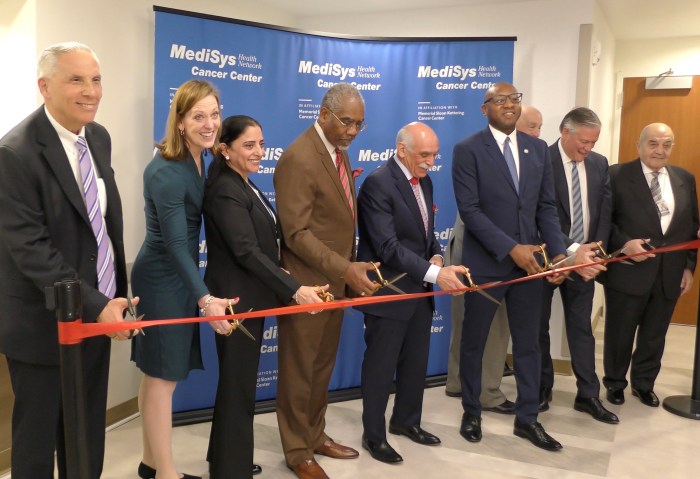There is much to be addressed when our youth demonstrate behavior patterns that are red flags and warning signs as a cry for help. As a nurse practitioner with more than 24 years of nursing experience, I have cared for individuals and family members who have acknowledged, “If only I had done this or that.”
According to studies from the U.S. Center for Disease Control, between 80 percent and 90 percent of young people who are brought to the emergency room with deliberate self-harm, meets the criteria for at least one psychiatric disorder, most commonly associated with mood disorders.
But they are discharged to the community without receiving emergency mental health assessment or appropriate follow-up management following their discharge. The National Institute of Mental Health reports that each year, one in five teenagers in the United States considers suicide. Some 5 to 8 percent of adolescents attempt suicide, meaning that over the past 12 months in the country about 1 million teenagers, of whom nearly 700,000 received medical intervention, and 1,600 teenagers die by suicide.
These are alarming statistics. Only by careful assessment will we be able to identify those at risk. With the goal of early intervention in the provision of treatment for suicidal individuals, mental health practitioners and other stakeholders, as well as those creating educational and public health prevention programs, should merge their efforts in tackling the issue.
According to a 2007 CDC report, injury from self-directed violence, which includes suicidal behavior, is the leading cause of death and disability amongst teens. Suicide was the 11th-leading cause of death in the United States, the cause of 34,598 deaths. The estimated cost of self-directed violence, fatal and non-fatal, was $33 billion in lost productivity and medical costs.
Suicide rates are influenced by biological, psychological, social, moral, political and economic factors. Self-directed violence in the United States affects all racial and ethnic groups. Multiple factors contribute to the high rate of suicide among the population. Individual factors such as alcohol, substance abuse and mental illness and societal factors such as bullying, poverty, unemployment and discrimination contribute to cumulative emotional and psychological wounding.
According to the CDC, bullying is on the rise and is the third-leading cause of depression and suicide among youth. Bullying victims are between two to nine times more likely to consider suicide than non-victims. Bullying can cause children to feel lonely, depressed and scared. It is important that the pediatrician or adolescent provider develop an open relationship with their patients and establish confidentiality and trust, allowing the youth to experience a sense of security where they will feel comfortable to express their deepest innermost thoughts. It is of dire significance that the clinician bridges the gap and talk with parents about significant findings.
Reports from the NIMH reveal that, marked disparities exist in mental health treatment. Racial and ethnic minorities with mental health disorders consistently have less access to care, receive lower quality service and have higher attrition rates in treatment. In addition, those with serious mental illnesses are consistently confronted with barriers to service access and experience diminished continuity and quality of care.
Children below age 13 are not routinely screened for depression. Children are being exposed to increasing levels of crime and violence within their homes, schools and community, leaving them with a feeling of despondency and hopelessness.
Write or call the U.S. House of Representatives Judiciary Committee in co-sponsor of the Suicide Prevention Act of 2011, the U.S. Department of Health and Human Services and the National Center for Injury Prevention and Control. Reach out to your local elected officials.
Please let them know that early intervention equals prevention and to assess the impact of youth suicide on society. Express to them the need for implementation of evidence-based prevention strategies to prevent suicidal behavior in our communities.
Together we can stop suicide, especially among youth.
Marvelin Williams
Jamaica
































